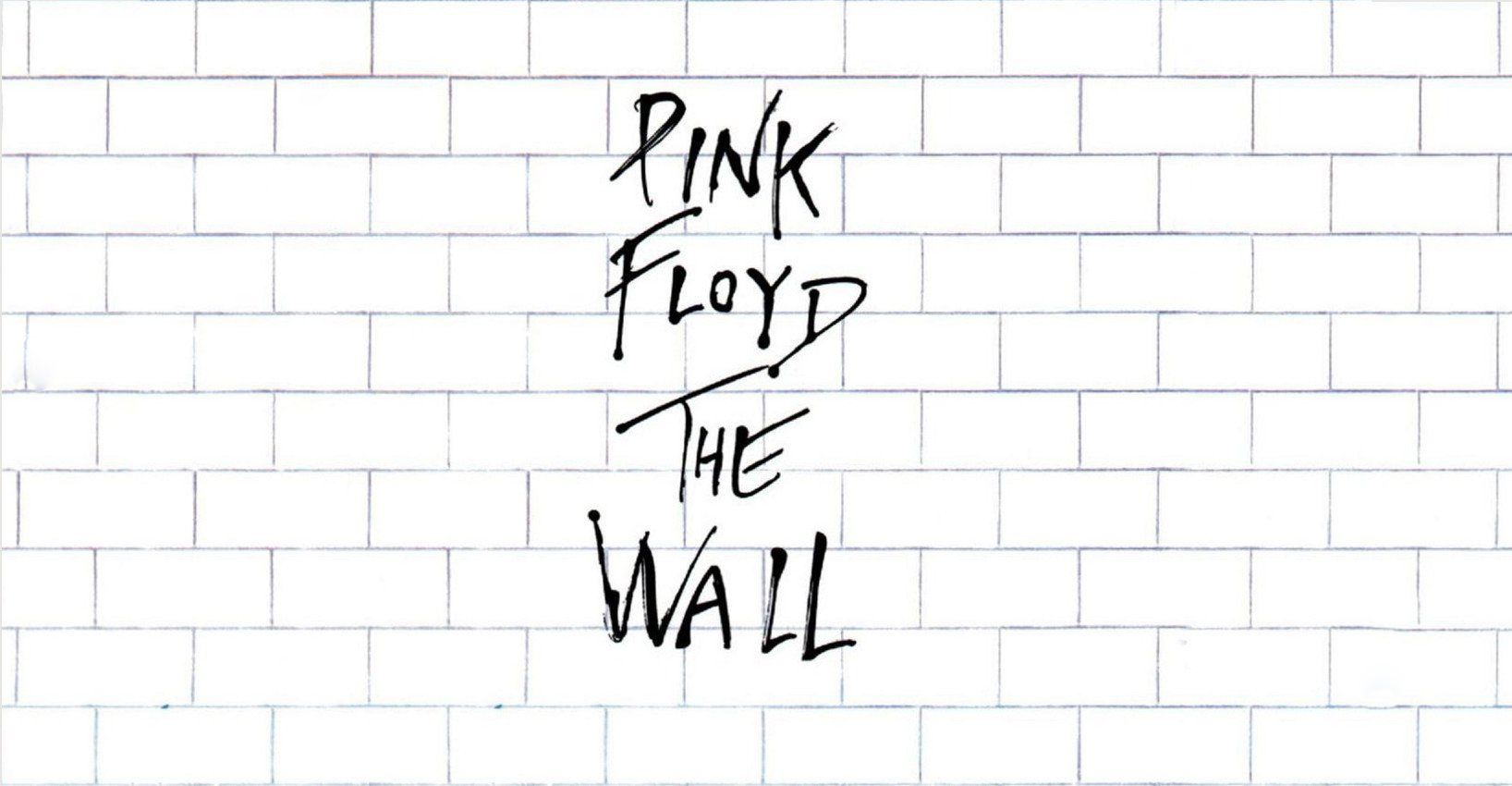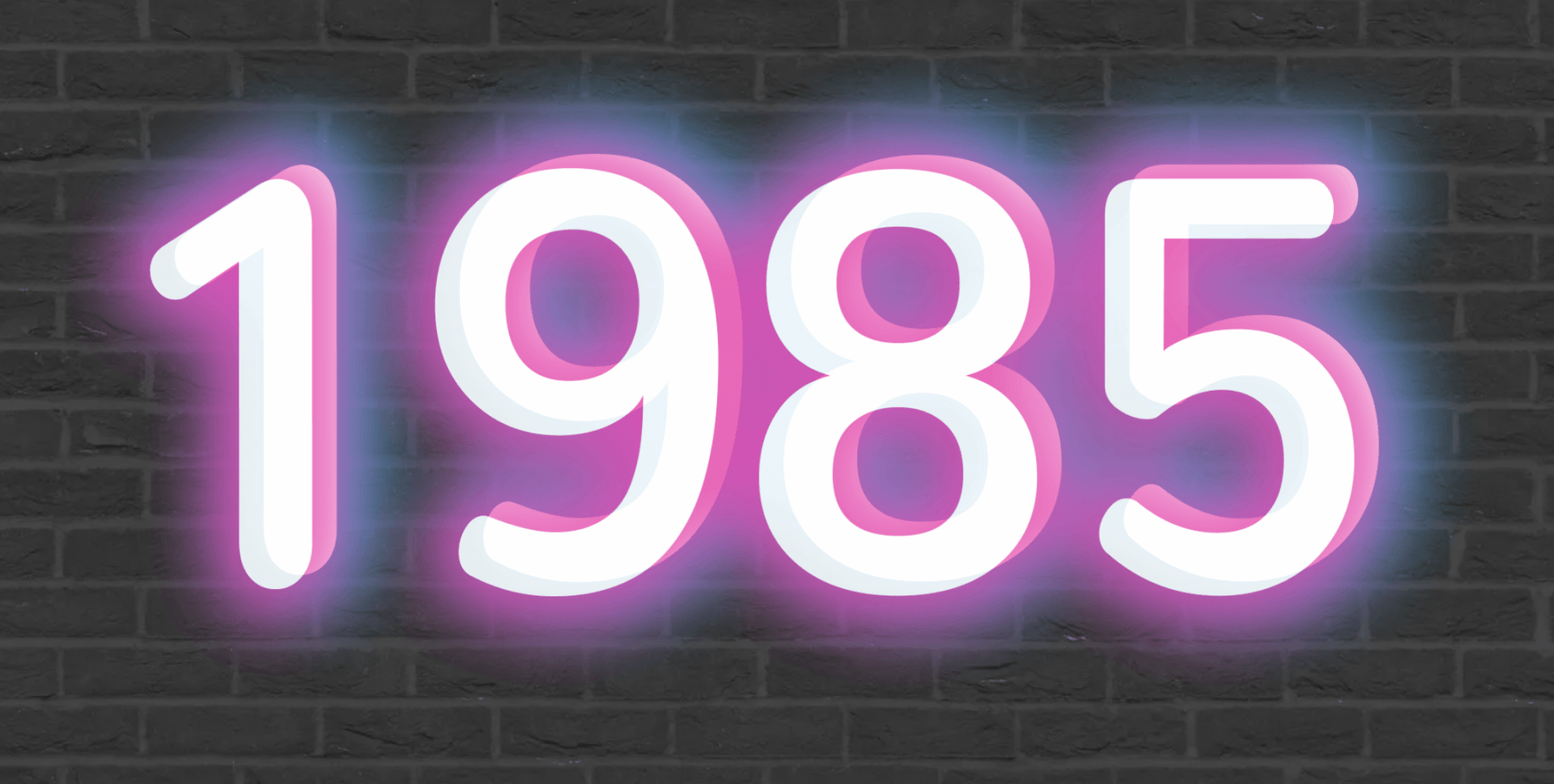ALL BLOG POSTS

Australian music legend Michael Gudinski (AM) has died age 68. Mr Gudinski died peacefully in his sleep at his home in Melbourne, said a statement from Mushroom Records; the Record Label he founded at just 20 years old. It went on to become the largest independent record label in Australian music. He managed a number of up-and-coming bands in the 70's, including Chain and Skyhooks. Both acts went on to produce number one hits, but it was the Skyhooks which went on to cement the future success of Mushroom Records. Their debut album, 'Living In The 70’s', spent 16 weeks at No. 1 in Australia, selling 240,000 copies. No Australian album had sold more at that point in time. Gudinski also signed Split Enz onto the record label when they moved to Australia, and although they had only moderate success for the first few years, they scored huge success in 1980 with the release of their album True Colours and the hit single 'I Got You'. It was thanks to Michael Gudinski that the world got to know Kylie Minogue, Jimmy Barnes and many other iconic Australian acts. Over the years Gudinski diversified his business interests to include most sections of the music industry including venues, concert promoting, merchandise, publishing and recording. In 2006 he was made a Member (AM) of the Order of Australia, and in In 2012 was listed in the #1 position in the AMID Power 50, a list of the top 50 most influential people in the Australian music industry. "Michael’s legacy will live on through his family and the enormously successful Mushroom Group – an enduring embodiment of decades of passion and determination from an incredible man" the statement from Mushroom Records reads.

Nothing beats the nostalgia and fun of an 80's movie. From quintessentially 80's movies like Ferris Bueller’s Day Off, to iconic films that you forgot came out in the 80's like The Shining. Right now is still a great time to stay in and cuddle up watching movies, so why not pick an old favourite to accompany you on your next movie night. Below is a list of some of the most awesome 80's movies you can stream right now, across Netflix, Stan, Disney+, Amazon Prime and Binge in Australia. At the time of publishing, this list is accurate. My88 FM currently has no affiliation with any of the following streaming services and did not receive anything in return for creating this post. Netflix: Netflix actually has one of the smallest selections of 80s movies across the streaming platforms, but does have a few decent family ones like Labyrinth and Annie. · Annie (Musical/Family) · Blade Runner (Sci Fi/Action) · Clash of the Titans (Fantasy/Adventure) · The Color Purple (Coming-of-Age/Period) · Coming to America (Comedy/Romantic) · Fright Night (Horror) · Full Metal Jacket (War) · Indiana Jones and the Last Crusade (Adventure/Action) · Kiki’s Delivery Service (Anime/Family) · Labyrinth (Fantasy/Family) · My Neighbour Totoro (Anime/Family) · The Seventh Sign (Horror/Apocalyptic) · She’s Gotta Have It (Comedy/Drama) · The Shining (Horror) · Silverado (Western) · Sudden Impact (Crime/Thriller) Stan: In direct contrast, Stan has the biggest selection of 80's movies across the streaming platforms. If you want the most options to pick from, this is a good place to start. Stan has tons of sequels too, so dedicated fans can enjoy hours of their favourite Indiana Jones and Rambo movies. Stan also features gems such as Desperately Seeking Susan, which is our breakfast host’s favourite 80's movie! · 1984 (Sci Fi) · A View to Kill (Spy/Action) · Beverly Hills Cop (Action/Comedy) · Beverly Hills Cop II (Action/Comedy) · Bill & Ted’s Excellent Adventure (Comedy/Adventure) · The Care Bears Movie (Family/Fantasy) · Child’s Play (Horror) · Crocodile Dundee (Comedy/Adventure) · Crocodile Dundee II (Comedy/Adventure) · Desperately Seeking Susan (Comedy/Romance) · Dirty Rotten Scoundrels (Comedy/Crime) · Evil Dead II (Horror/Comedy) · Fatal Attraction (Thriller/Drama) · Ferris Bueller’s Day Off (Comedy/Teen) · Flash Gordon (Space Opera) · Ghoulies (Horror/Comedy) · Ghoulies II (Horror/Comedy) · Heathers (Black Comedy/Teen) · Indiana Jones and the Raiders of the Lost Ark (Action/Adventure) · Indiana Jones and the Temple of Doom (Action/Adventure) · Indiana Jones and the Last Crusade (Action/Adventure) · The Living Daylights (Spy/Action) · The Man from Snowy River (Drama/Western) · Manhunter (Thriller/Drama) · Mannequin (Fantasy/Romance) · Moonstruck (Romantic Comedy) · Mystic Pizza (Comedy/Romance) · Octopussy (Spy/Action) · Ordeal by Innocence (Mystery/Thriller) · Overboard (Comedy/Romance) · Phar Lap (Family/Drama) · Platoon (Action/War) · Pretty In Pink (Romance/Comedy) · Poltergeist II: The Other Side (Horror/Supernatural) · Poltergeist III (Horror/Supernatural) · Rain Man (Drama/Comedy) · Rambo: First Blood Part II (Action/War) · Rambo III (Action/War) · Red Dawn (War/Action) · The Return of the Living Dead (Horror/Comedy) · Road House (Action/Thriller) · RoboCop (Action/Sci Fi) · Rocky III (Sports/Drama) · Rocky IV (Sports/Drama) · The Secret of Nimh (Family/Adventure) · Short Circuit (Comedy/Sci Fi) · Teen Wolf (Comedy/Teen) · Teen Wolf Too (Comedy/Teen) · The Terminator (Sci Fi/Action) · The Texas Chainsaw Massacre II (Horror/Comedy) · Three Amigos (Comedy/Western) · Top Gun (Action/Drama) · The Thing (Horror/Sci Fi) · The Untouchables (Crime/Drama) · Valley Girl (Teen/Comedy) · Vampire’s Kiss (Horror/Comedy) · When Harry Met Sally (Romance/Comedy) · Yentl (Romantic/Musical) Disney+: Disney+ is the other streaming service with a small selection of 80s movies, but they’re all pretty good nostalgic ones, with some underrated classics in there. Plus: Star Wars! Anyone else remember being completely traumatised by Return to Oz? Or the dip and steamroller scenes in Who Framed Roger Rabbit? Or just all the heartbreak of The Fox and the Hound? You can relive all of that on Disney+. · Big (Fantasy/Comedy) · The Black Cauldron (Family/Fantasy) · The Fox and The Hound (Drama/Family) · The Great Mouse Detective (Family/Mystery) · Honey, I Shrunk the Kids (Family/Comedy) · The Little Mermaid (Family/Fantasy) · Oliver and Company (Family/Musical) · Return to Oz (Family/Fantasy) · Splash (Fantasy/Romance) · Star Wars: The Empire Strikes Back (Adventure/Sci Fi) · Star Wars: Return of the Jedi (Adventure/Sci Fi) · Three Men and a Baby (Comedy) · Tron (Action/Sci Fi) · Turner & Hooch (Comedy/Buddy-Cop) · Who Framed Roger Rabbit (Mystery/Family) Amazon Prime: Amazon Prime also features some great movies and their sequels. You can find well-known favourites like Back to the Future and Ghostbusters on here, but also lesser-known gems like Howard the Duck, Marvel's first feature film that was directed by George Lucas. Its also got some Australian ones on there, like Puberty Blues and Razorback. · Airplane! (Comedy/Parody) · Back to the Future (Sci-fi/Comedy) · Back to the Future II (Sci-fi/Comedy) · Beverly Hills Cop (Action/Comedy) · Clue (Mystery/Crime) · Day of The Dead (Horror/Zombie) · The Dead Zone (Horror/Thriller) · Dirty Rotten Scoundrels (Comedy/Crime) · E.T the Extra-Terrestrial (Family/Sci-fi) · Ghostbusters (Comedy/Fantasy) · Ghostbusters II (Comedy/Fantasy) · Girls Just Want to Have Fun (Comedy/Musical) · Heathers (Black Comedy/Teen) · Hellraiser (Horror/Slasher) · Highlander (Fantasy/Cult) · Howard the Duck (Sci-fi/Action) · Indiana Jones and the Raiders of the Lost Ark (Action/Adventure) · Indiana Jones and the Temple of Doom (Action/Adventure) · Indiana Jones and the Last Crusade (Action/Adventure) · My Bloody Valentine (Horror/Slasher) · Platoon (Action/War) · Playing Beatie Bow (Fantasy/Sci-fi) · Prom Night (Horror/Mystery) · Puberty Blues (Teen/Comedy) · Razorback (Horror/Mystery) · Top Gun (Action/Drama) · We Are The World: The Story Behind The Song (Documentary/Music) Binge: So this selection has actually sold me on Binge because there’s such a great mix of classic stuff that appeals to everyone, plus some greats that deserve more attention. Who could ever pass up The Breakfast Club? Or Stand By Me with young River Phoenix? Horror fans, there’s some great ones on here like the original Evil Dead, the first Poltergeist movie and The Thing. · Arthur (Comedy/Drama) · Back to the Future (Sci-fi/Comedy) · Back to the Future II (Sci-fi/Comedy) · Beverly Hills Cop (Action/Comedy) · Beverly Hills Cop II (Action/Comedy) · Bill & Ted’s Excellent Adventure (Comedy/Adventure) · Blade Runner (Sci Fi/Action) · The Blues Brothers (Musical/Comedy) · The Breakfast Club (Teen/Comedy) · Caddyshack (Comedy/Sport) · Christine (Horror/Thriller) · The Color Purple (Coming-of-Age/Period) · Coming to America (Comedy/Romantic) · E.T the Extra-Terrestrial (Family/Sci-fi) · The Evil Dead (Horror/Gore) · Fatal Attraction (Thriller/Drama) · Ferris Bueller’s Day Off (Comedy/Teen) · Field of Dreams (Fantasy/Drama) · First Blood (War/Action) · Flashdance (Dance/Romance) · Footloose (Dance/Musical) · Gorilla’s in the Mist (Drama/Historical) · Gremlins (Horror/Comedy) · Look Who’s Talking (Comedy/Romance) · The Karate Kid (Family/Drama) · The Karate Kid II (Family/Drama) · The Karate Kid III (Action/Drama) · National Lampoon’s Christmas Vacation (Comedy/Family) · National Lampoon’s European Vacation (Comedy/Slapstick) · Poltergeist (Horror/Thriller) · Rambo: First Blood Part II (Action/War) · Rambo III (Action/War) · The Shining (Horror) · Sixteen Candles (Teen/Comedy) · Stand By Me (Adventure/Drama) · St Elmo’s Fire (Drama/Coming-of-age) · The Thing (Horror/Sci Fi) · Top Gun (Action/Drama) · Twins (Comedy/Buddy) Did we miss any awesome ones? Get acquainted with our socials to let us know if we forgot one of your favourites!

Released on the 30th of November 1979, Pink Floyd’s eleventh studio record The Wall made it into the world. Although released at the tail end of the '70s, it wasn’t until the beginning of 1980 that 'Another Brick in the Wall (Part II)' was released as a single in the US, where it sat at no.1 of the Billboard charts for four weeks, rendering the song the first and only no.1 for Pink Floyd. This isn’t a reflection of the band’s commercial success, rather their stubbornness and passion for albums to be released as singular bodies of work, with no duplicate tracks existing out in the ether. This was due purely by the belief that context is just as much a part of the listening experience as a singular piece; Pink Floyd was the master of the concept album. Roger Waters speaks of the inspiration behind the record; "Well, the idea for "The Wall" came from ten years of touring, rock shows, I think, particularly the last few years in '75 and in '77 we were playing to very large audiences, some of whom were our old audience who'd come to see us play, but most of whom were only there for the beer, in big stadiums, and, er, consequently it became rather an alienating experience doing the shows. I became very conscious of a wall between us and our audience and so this record started out as being an expression of those feelings.” The album itself speaks to the withdrawal from the goings on around us, and the separation that is built over the course of lives. The album reckons with the issues and subjects that create these walls — what the bricks are made of. In 'Part II', what initially started as a protest against rigid schooling, and an insight into bassist and lyricist Roger Waters’ experience growing up in boarding school; “Some of the teachers there were locked into the idea that young boys needed to be controlled with sarcasm and the exercising of brute force to subjugate us to their will… that was their idea of education.” transformed into a more satirical, albeit deeper look at a resistance to ill-structured power. In a 2009 interview with Mojo magazine, Waters explained; "You couldn't find anybody in the world more pro-education than me. But the education I went through in boys' grammar school in the '50s was very controlling and demanded rebellion… the song is meant to be a rebellion against errant government, against people who have power over you, who are wrong. Then it absolutely demanded that you rebel against that." However it is producer Bob Ezrin to thank for the single’s release. Once Ezrin caught wind of the original 1min 20sec track, he immediately begged the band to continue working on the piece, only to be snubbed at the idea of releasing it as a single. Instead, Ezrin extended the instrumental demo himself (behind the band’s back), and recruited English sound engineer Nick Griffiths to record samples of a school choir. In just 40mins, Griffiths captured the 25 school kids signing that would eventually appear as one of the most identifiable and effective vocal overdubs on any rock track. Once Waters heard Ezrin and Griffiths’ additions to 'Part II' he came onside, excited for what the song could become. The band then fleshed out the remainder of the track, including a kick drum on every beat (as encouraged by Ezrin) that whilst shaded the song in a disco feel that was popular at the time, also provided allusions to the strict, power hungry dynamic captured in the lyrics. The uniformity of the drums add gravitas both to the stringency of control, as well as to the war-like organisation of rebellion and resistance. David Gilmour’s guitar solo was recorded directly into a mixer, only then to be played back through an amp in an empty room and be re-recorded, capturing all extra ambience and tone. It was done on the first take. In its final form, both musically and lyrically speaking, 'Part II' reflects upon the realities and complexities of the human condition; identifying the damage of restriction, blind submission, and the loneliness of identities moulded by societal expectations. 'Part II' has since been included in the Rock and Roll Hall of Fame’s List of 500 Songs that Shaped Rock and Roll, a testament to its longevity as a brilliantly composed and realised piece of music, as well as its ability to stand against the gauntlet of time, reckoning with ideas and concepts still relevant to us in 2021. Now 40 years on, we celebrate 'Another Brick in the Wall (Part II)' as a bookend of '70s progressive rock, and as dawning the 1980s alternative rock scene.











